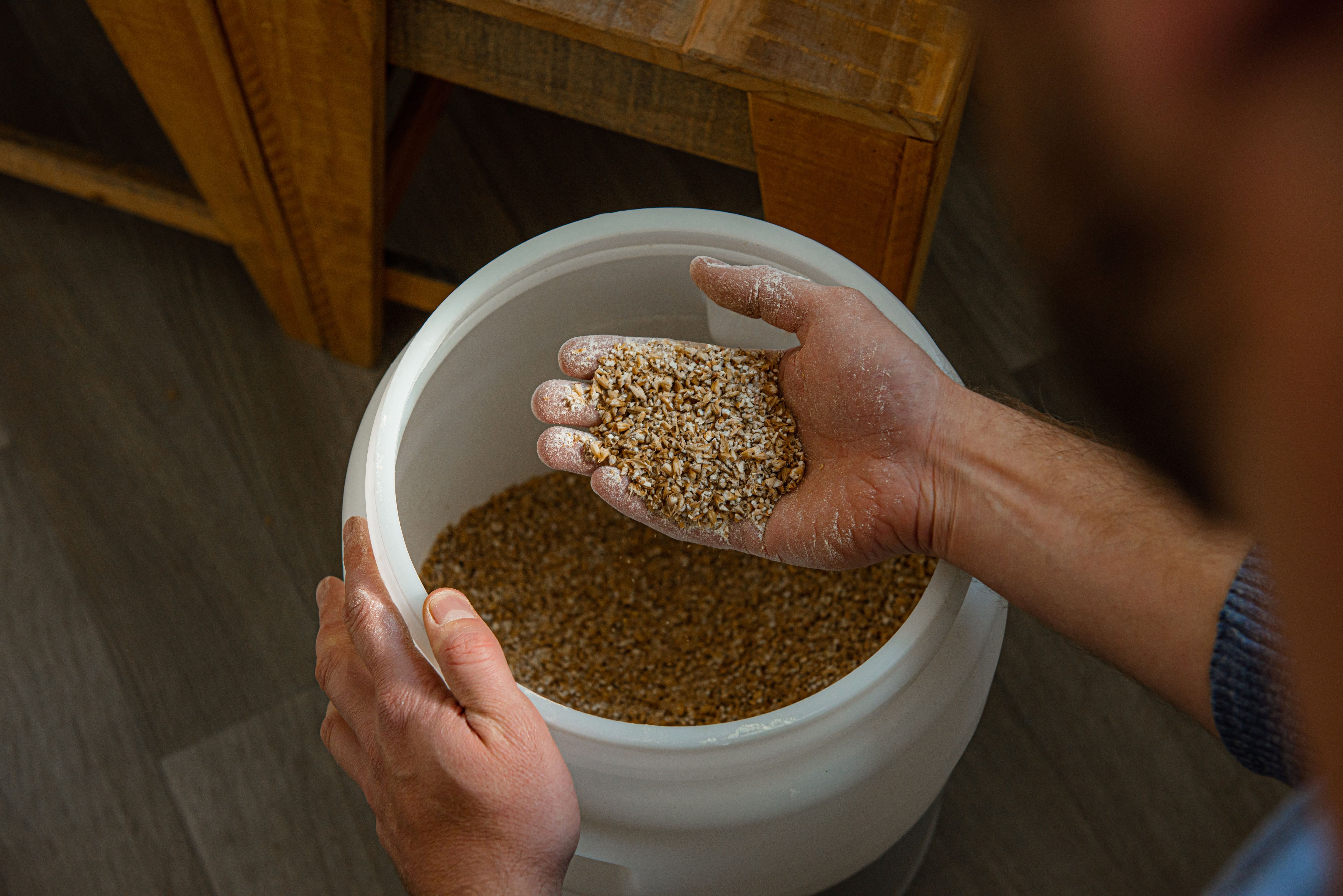All grain brewing is the process of making beer from scratch using malted grains, rather than pre-made extracts. It gives you complete control over your brew—flavour, colour, body, and aroma—so you can craft a beer that’s truly your own. While it may sound complex, modern equipment and step-by-step guidance have made it more accessible than ever. It’s a hands-on, rewarding experience that helps you better understand what goes into your beer, and why. Whether you're aiming for a crisp lager or a bold IPA, all grain brewing is where creativity meets precision—and where the real magic of brewing begins.
THE BREWING PROCESS MADE EASY
1. Heat Water & Add Grain
The temperature and amount of 'strike' water are crucial for successful enzyme activity and the creation of a desirable wort.
2. Mash Grain
This process breaks down complex grain starches into simple sugars
3. Sparge & Dump Grain
Here's where you separate the sugary, liquid wort from the grains
4. Boil, Add Hops
Boiling sterilises the wort, concentrates the sugars, and allows you to build bitterness, flavour, and aroma by adding hops at specific intervals.
5. Cool & Transfer and Add Yeast
Yeast consumes the sugars and produces alcohol, CO₂, and a range of flavourful byproducts. After adding the yeast, for the next 7-14 days the yeast will consume the sugars and convert them into alcohol.
6. Add Dry Hops
Hops added early in the boil create bitterness, while later additions contribute more to flavour and aroma.
6. Bottle or Keg
The two most common options for storing the beer for homebrewers are bottling and kegging, each with its own perks.
Dive a bit deeper and check out BREWING 101 to get started on your first brew!
YOUR BREWING JOURNEY STARTS HERE
Learn more about each system below, or click to compare them.










